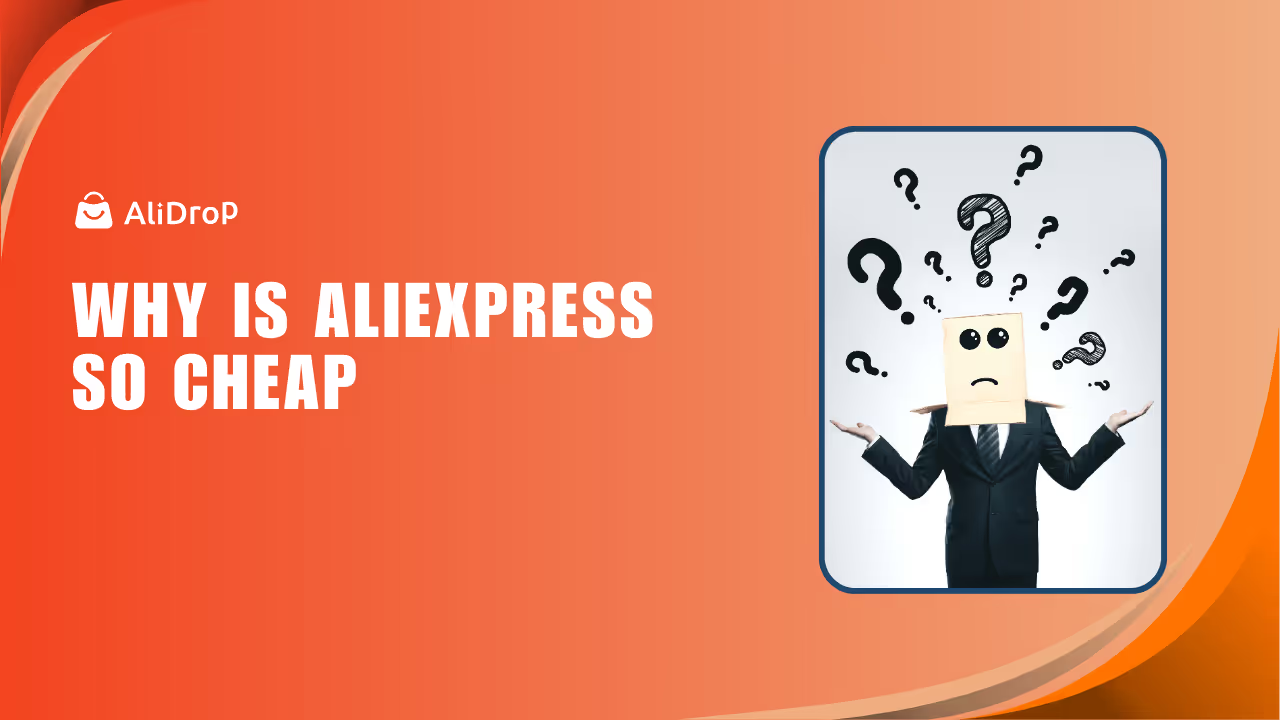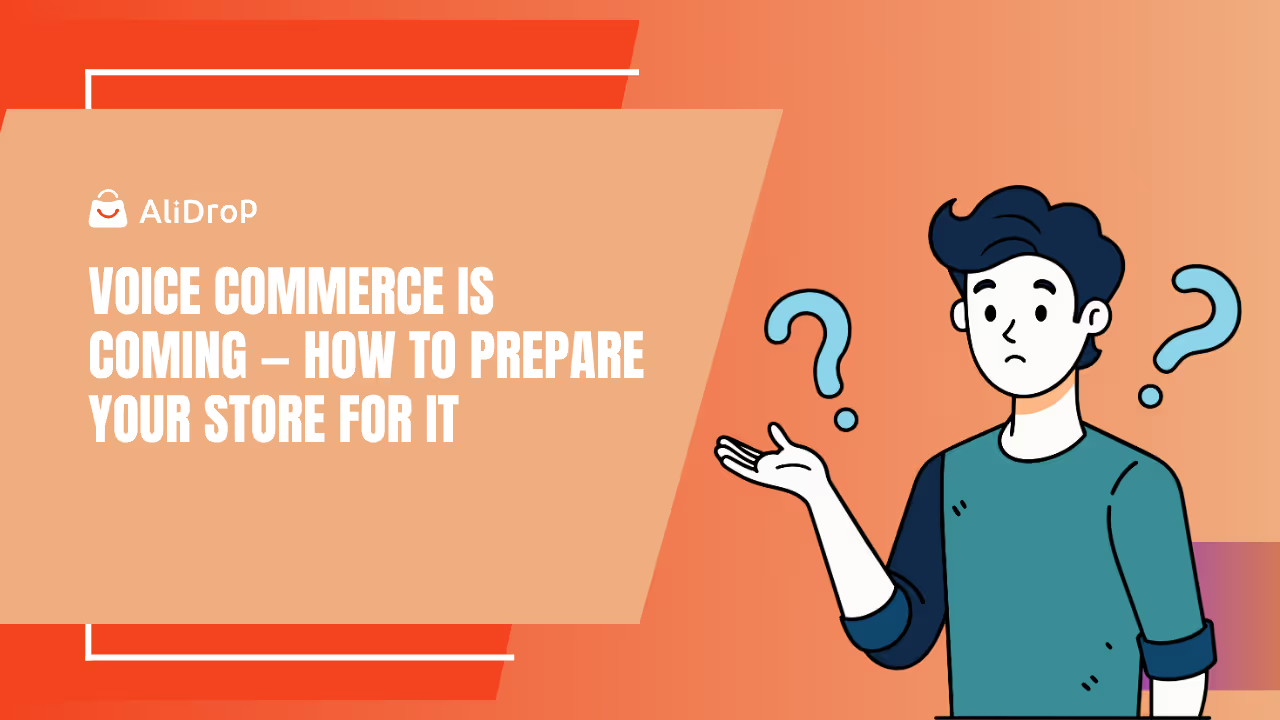Quick commerce (Q-commerce) is changing the way we shop—and it’s happening fast. Imagine ordering a snack or household essentials and having it delivered to your door in 30 minutes or less. That’s the magic of Q-commerce. It’s all about ultra-speedy delivery, and in the US, it’s becoming a game-changer for both consumers and businesses alike.
With giants like Gopuff, DoorDash, and Amazon Fresh leading the charge, Q-commerce has taken the convenience of online shopping to a whole new level. But it’s not just about speed—it’s about offering customers a seamless, instant shopping experience whenever they need it. As more people demand faster deliveries, Q-commerce is expected to skyrocket, with the US market alone projected to hit $8.78 billion by 2025.
Let’s dive into why this model is booming, and how it’s shaping the future of retail in the US.
Understanding Quick Commerce: Key Concepts and Innovations
Quick commerce isn’t just a trend—it’s a new way of doing business. In a world where convenience is king, Q-commerce is the answer to impatient consumers who demand fast, efficient delivery services. Let’s break down the core elements of quick commerce and why it’s a game-changer for the retail industry.
How Quick Commerce is Transforming the US Retail Landscape
Quick commerce is all about delivering products at lightning speed. Instead of waiting days for a package to arrive, customers can now expect deliveries within 10 to 30 minutes. That’s a huge shift from traditional e-commerce, where delivery times can range from 3 to 7 days.
Major players like Gopuff and DoorDash have perfected this model, providing everything from snacks and drinks to household items at record speeds. These companies rely on micro-fulfillment centers—small, localized warehouses that make it possible to fulfill orders almost instantly. The result? Shoppers are no longer restricted by long waiting times, and businesses can cater to a more impatient, on-the-go customer base.
These centers are strategically placed in urban areas to ensure deliveries reach customers fast, and AI is used to predict demand, manage inventory, and optimize delivery routes. All of this means consumers get what they want, when they want it—quickly.
The Role of Dark Stores in Quick Commerce
Dark stores are essentially the backbone of quick commerce operations. These aren’t your typical retail stores; in fact, you won’t find any customers walking around them. Instead, dark stores function as fulfillment centers where goods are stored, picked, and packed for delivery. They are typically located in urban areas, close to the customer base, so that products can be dispatched quickly.
By using dark stores, businesses can bypass the need for large-scale traditional warehouses. This model helps reduce delivery times and allows companies to meet the high expectations of today’s impatient consumers. Plus, it’s cost-effective—renting smaller spaces in urban centers makes more sense than maintaining massive distribution centers.
In essence, dark stores enable Q-commerce platforms to offer a seamless and lightning-fast delivery experience, all while keeping operational costs lower than traditional retail setups.
Market Analysis: Key Players in the US Quick Commerce Market
As Q-commerce grows, it’s no surprise that the competition is heating up. Several major players have emerged, each bringing its unique spin to the market. Let’s take a look at who’s leading the charge in the US and how they’re shaping the future of quick commerce.
Who’s Leading the US Quick Commerce Market? Top Platforms and Their Success Stories
The quick commerce space is crowded, but a few key players stand out for their innovation, rapid growth, and ability to meet the rising demand for faster delivery. Let’s take a closer look at the companies defining the landscape:
- Gopuff: As one of the pioneers in Q-commerce, Gopuff has become synonymous with quick deliveries. From snacks to cleaning supplies, Gopuff delivers over 2,500 products in minutes. They’ve mastered the concept of micro-fulfillment, ensuring products are always available at the closest hub, allowing them to cut down delivery times dramatically.
- DoorDash: Initially focused on food delivery, DoorDash has expanded into Q-commerce, offering everything from groceries to household items. With their vast network of drivers and partnerships with retail stores, DoorDash can quickly meet customer demands and dominate urban centers.
- Instacart: Instacart has transformed grocery shopping by partnering with supermarkets across the US. With its rapid order processing and efficient delivery system, it’s become a go-to for those seeking speedy grocery deliveries.
- Amazon Fresh: Amazon’s foray into quick commerce through Amazon Fresh has been seamless, combining the power of Amazon’s vast product range with its expertise in logistics. Their promise of same-day or next-day deliveries keeps them ahead in the game.
These companies are proving that when speed meets convenience, the customer wins. As the market grows, we can expect these players to continue evolving, pushing boundaries with new technologies and faster delivery systems.
How Gopuff and DoorDash are Shaping the Future of Quick Commerce in the US
While many players are jumping into the Q-commerce space, Gopuff and DoorDash are the undisputed leaders. Gopuff’s model, which revolves around fulfillment centers and a wide selection of products, allows them to stay ahead in the game. Their ability to handle a variety of items, from food to personal care, in such a short time frame has made them a household name.
DoorDash, on the other hand, has used its experience in the food delivery space to expand rapidly into other sectors. By leveraging its existing delivery network, DoorDash has been able to scale its Q-commerce operations quickly. As a result, the company now offers everything from groceries to pet supplies with the same rapid delivery promise that made them famous for food delivery.
With both Gopuff and DoorDash setting the standard, other businesses are scrambling to keep up. The competition is fierce, and the demand for even faster and more reliable delivery services is only increasing.
Consumer Behavior: What US Shoppers Expect from Quick Commerce
As quick commerce grows in popularity, understanding consumer behavior is crucial. With faster deliveries becoming the norm, shoppers now expect nothing less than instant gratification. Let’s dive into how consumer preferences are shaping this market and what they want from their Q-commerce experiences.
Why US Consumers Are Shifting Towards Quick Commerce: Expectations and Demand
The shift towards quick commerce is driven by the desire for faster, more convenient shopping experiences. In the past, online shoppers had to wait days or even weeks for deliveries, but today’s consumers demand speed and efficiency. The need for instant gratification has made quick commerce not just a luxury, but a necessity for many shoppers.
Consumers expect to find products like groceries, snacks, and personal care items within a few taps on their smartphones, all with guaranteed same-day or next-day delivery. This demand is especially prominent in urban areas, where busy lifestyles make quick deliveries all the more appealing. It’s no longer just about the speed of delivery; it’s about the availability of everyday essentials when they’re needed most.
What US Shoppers Are Willing to Pay for Speedy Delivery
While speed is important, consumers are also willing to pay a premium for the convenience that quick commerce offers. In fact, many are increasingly comfortable paying extra for faster deliveries—especially for products they need right now. Subscription models, like those offered by Gopuff and DoorDash, are especially popular, allowing consumers to pay a flat fee for unlimited access to rapid deliveries.
However, the willingness to pay also depends on the product. Grocery items and household goods are often purchased with quicker deliveries in mind, whereas consumers may be more hesitant to pay extra for luxury or non-essential items. Q-commerce companies are keenly aware of this and have started tailoring their pricing models to meet different consumer needs, ensuring they balance both speed and cost-effectiveness.
The Operational Challenges of Quick Commerce
While quick commerce has unlocked new opportunities in retail, it hasn’t come without its challenges. From inventory management to last-mile delivery, there are several operational hurdles that businesses must overcome to meet the growing demand for ultra-fast service. Let’s explore some of the biggest obstacles faced by Q-commerce platforms in the US.
Overcoming Logistical Challenges in Quick Commerce Operations
One of the biggest operational challenges in quick commerce is managing logistics at speed. To meet delivery promises, businesses must ensure that their inventory is always up to date and readily available. This means accurate forecasting and efficient stock management are essential. Unlike traditional retail, where products can be restocked over a period of time, Q-commerce requires businesses to have immediate access to a broad range of products in their local fulfillment hubs.
Companies must also ensure that their supply chains are robust enough to handle the rapid turnaround times. Quick commerce platforms often rely on gig workers and contract drivers, which introduces variability in delivery times. Maintaining consistency in service levels, especially during peak times, is a constant challenge.
How to Build Efficient Delivery Networks for Ultra-Fast Service
To provide fast deliveries, businesses need to build highly efficient delivery networks. One of the best ways to achieve this is through micro-fulfillment centers that are strategically located in urban areas. These centers act as mini warehouses where products are stored and quickly picked up for delivery. However, the challenge lies in optimizing these networks to ensure they can handle fluctuating demand.
Route optimization is another key consideration. The faster a product can be delivered, the better the customer experience. Businesses must invest in smart technology that optimizes routes for delivery drivers, reducing delays and ensuring that products are delivered on time.
Regulatory and Zoning Issues in US Quick Commerce: What You Need to Know
Another challenge lies in the regulatory landscape for quick commerce platforms. As Q-commerce is still relatively new, many cities are still developing regulations that govern these operations. For instance, zoning laws and urban planning policies can impact where dark stores and micro-fulfillment centers can be located. In some cities, strict regulations may make it difficult to operate dark stores in certain areas, limiting a company’s ability to meet demand in those regions.
Moreover, compliance challenges related to labor laws, delivery vehicles, and health and safety regulations can add layers of complexity to operations. Quick commerce businesses must ensure they’re adhering to these rules while scaling their services.
Technology Driving the Quick Commerce Revolution
Quick commerce wouldn’t be what it is today without the innovative technologies that power it. From AI-driven logistics to autonomous vehicles, technology plays a crucial role in making ultra-fast deliveries a reality. Let’s dive into how technology is driving the success of Q-commerce in the US and what the future holds.
Leveraging AI and Automation to Power Quick Commerce in the US
AI and automation are at the heart of quick commerce, allowing businesses to scale efficiently and meet the demands of fast delivery. AI is used to forecast demand, ensuring that micro-fulfillment centers are stocked with the products consumers need most. It also helps with route optimization, ensuring that delivery drivers take the fastest paths to get products to customers on time.
Beyond that, AI-powered systems can automate tasks such as inventory management and order processing, allowing businesses to handle a higher volume of transactions without requiring a large workforce. This automation not only boosts efficiency but also reduces human error, helping businesses deliver consistent, fast service.
The Role of Drones and Autonomous Vehicles in Future Q-Commerce
As quick commerce continues to evolve, new technologies like drones and autonomous vehicles are starting to play a larger role in the delivery process. Drones, for example, offer the potential to cut delivery times even further by bypassing traffic and navigating directly to a customer’s location. Some companies are already experimenting with drone deliveries for smaller packages, such as food or medicine, in certain cities.
Autonomous vehicles are also gaining traction. Self-driving cars and delivery robots could take over the last mile of delivery, reducing the need for human drivers and lowering costs in the long run. While these technologies are still in their infancy, they hold immense promise for the future of Q-commerce.
Conclusion: Is Quick Commerce the Future of US Retail?
Quick commerce is more than just a passing trend—it’s reshaping the way we shop and live. With faster delivery times, evolving technology, and a growing demand for instant gratification, the future of Q-commerce in the US looks incredibly promising. As consumers continue to expect faster, more convenient services, businesses are adapting to meet these needs by investing in micro-fulfillment centers, AI, and innovative delivery methods like drones and autonomous vehicles.
However, the path to success in quick commerce is not without its challenges. Logistical hurdles, regulatory issues, and fierce competition will continue to test companies in the space. But with the right strategies, technology, and operational efficiency, quick commerce is set to become the norm for consumers seeking convenience at their fingertips.
For businesses looking to enter or expand in the Q-commerce market, the time is now. The future of retail is fast, and those who can adapt to this changing landscape will lead the charge in revolutionizing the way we shop.
FAQs About Quick Commerce in the US
What is quick commerce, and how is it different from traditional eCommerce?
Quick commerce (Q-commerce) focuses on delivering products within minutes, typically under an hour, using local fulfillment centers known as dark stores. In contrast, traditional eCommerce often involves longer delivery times, ranging from one to several days, and relies on centralized warehouses.
Why is quick commerce growing so fast in the U.S.?
The rapid growth of quick commerce in the U.S. is driven by increasing consumer demand for faster delivery, advancements in AI-powered logistics, and the expansion of micro-fulfillment centers. Major retailers like Amazon and Instacart are investing heavily in these technologies to meet evolving consumer expectations.
Who are the top quick commerce players in the U.S.?
Leading quick commerce platforms in the U.S. include Gopuff, DoorDash, Instacart, Amazon Fresh, Shipt, and Uber Eats. These companies offer rapid delivery services for groceries, household essentials, and other products, catering to the growing demand for convenience.
How does quick commerce work?
Quick commerce operates by receiving customer orders through mobile apps or websites, processing them in local dark stores, and dispatching deliveries via optimized routes using electric bikes, scooters, or other efficient transportation methods. This model ensures fast and reliable delivery within minutes.
What are the challenges associated with quick commerce?
Key challenges in quick commerce include managing inventory in real-time, ensuring timely deliveries, maintaining product quality, and navigating regulatory requirements. Additionally, the financial sustainability of ultra-fast delivery models remains a concern for many companies in the sector.
























